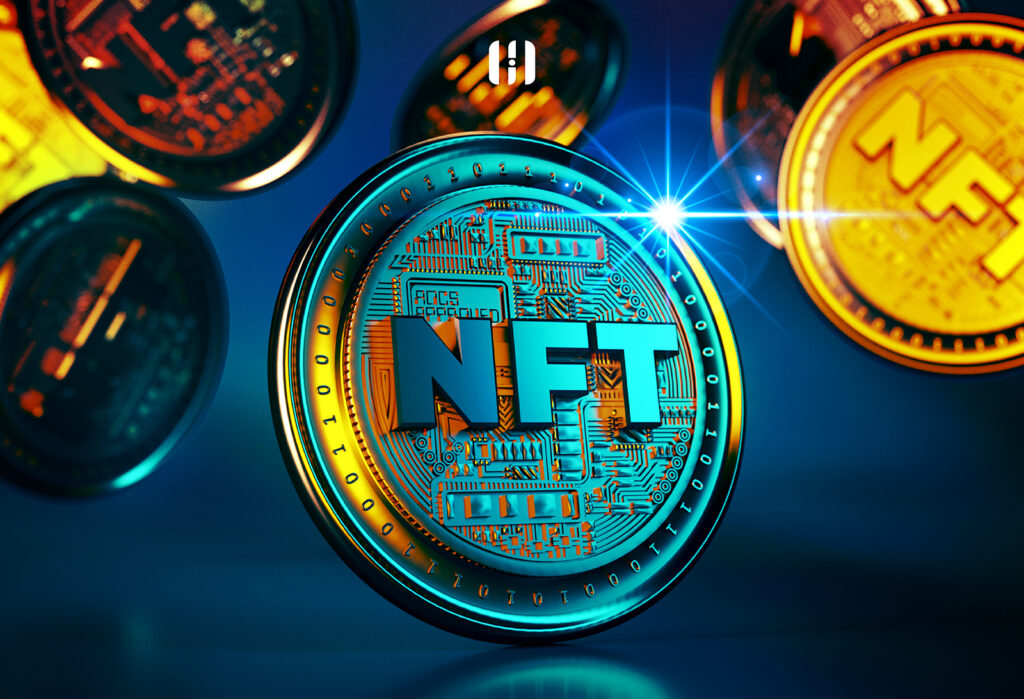The image of a cat, a song, or that GIF you come across on your social media are a clear example of what an NFT is. This type of token is like the digital version of a stamp, a painting, or any other collectible object. However, instead of being displayed in a museum, these creations are produced and “exhibited” on the Internet.
The use of NFTs has grown rapidly, and to begin understanding the concept, we first need to know and understand that in our legal system, there are fungible and non-fungible assets. Fungible assets are those that can be exchanged, having a value based on their quantity, measurement, or weight.
Non-fungible assets, on the other hand, are not substitutable.
Applied to art, there are already many crypto artists who stand out for their works created solely for display on the internet. However, this is just one of the areas where you can find them.
What does NFT mean?
NFTs or Non-Fungible Tokens are unequivocal representations of assets, both digital and physical, on the internet. They use the same technology as cryptocurrencies, but unlike cryptocurrencies, they cannot be divided or exchanged with each other, but they can be bought and sold.
They are digital representations or collectible items.
This marked the beginning of a true revolution in the gaming world. Currently, these digital creations are being considered genuine works of art sold at auction houses.
Non-fungible tokens are indestructible and tamper-proof because they are stored on the blockchain. With this technology, each transaction is recorded in different databases because it is decentralized.
To understand it better, we can think of cryptocurrencies as a store of value, similar to gold.
You can buy and sell gold, and when the number of buyers increases, the price goes up, and it goes down when the number of buyers decreases. It behaves similarly to cryptocurrencies. Just like a value created with gold or a work of art, NFTs are unique assets that cannot be modified or exchanged for another with the same value because there are no two equivalent NFTs, just as there are no two equivalent paintings.
So, you can think of an NFT as a great work of art, like Da Vinci’s Mona Lisa. There is only one, and it is in a specific art gallery. If you want it, you can only buy the original if it were for sale. You could also get a copy, but it would have a different value because it wouldn’t be the original.
Why do people buy NFTs?
Because the value will increase over time, and they can then sell it for more money. The idea, therefore, is that if I buy an NFT for 100,000 euros, in the future, I can resell it for more money. It’s a unique asset, which in theory should give it a higher value because there is no other like it.
However, the reality has turned out to be a bit different, and over time, this has been a bubble that has deflated. NFTs have been used for scams against customers and artists, and right now, they are not as “trendy” as they used to be.
Nevertheless, it is a technology that continues to be present and in use.
Over time, they have lost a lot of value.
According to the latest data, 95% of NFTs are worthless, and it’s too early to say what the future of this technology will be in the long term, but in the medium term, it does not seem to have a very bright future.




